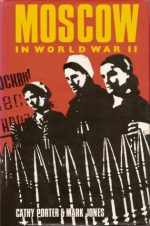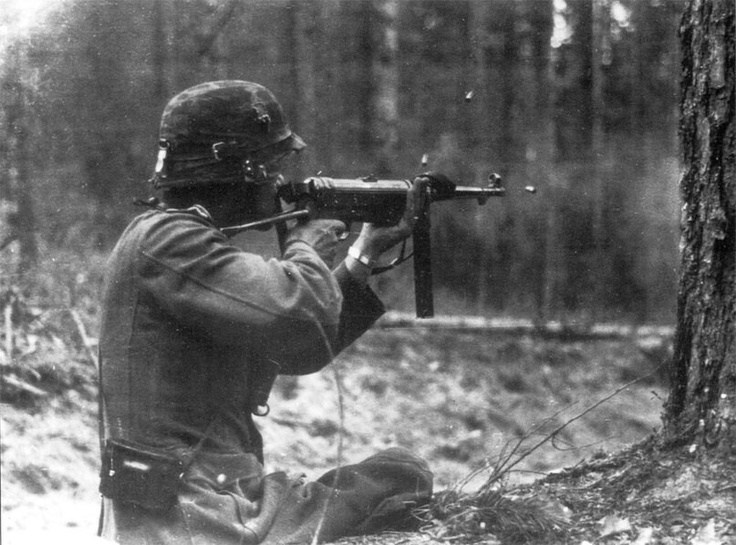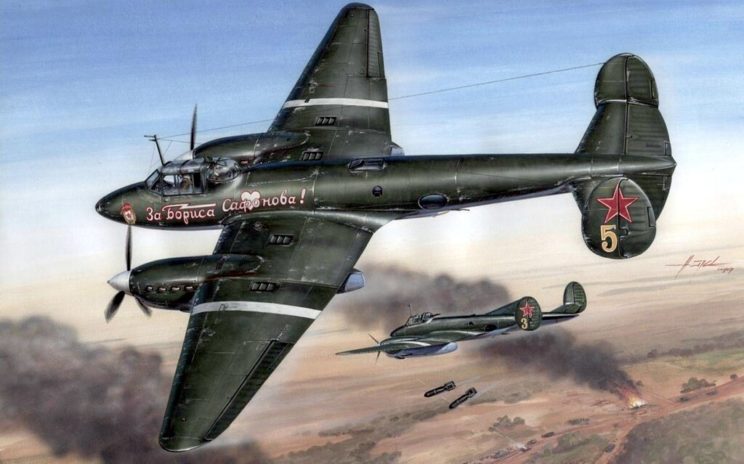Another round of mini-reviews, this time of some books I’ve recently read on the Eastern Front of World War II as part of research for the upcoming sequels to Sparrow Squadron.
I managed to avoid an 0-fer June. For July I’ll try not to cut it so close. My blogging is still sparse thanks to the research and work I’m doing for a pair of sequels. So why not kill two birds with one stone? Here are mini-reviews of four books that I’ve read on the Eastern Front of World War II. For some other book recommendations on the subject, please check out my list of memoirs of the Eastern Front.
You may also get a hint as to what’s to come in the next installment of Aelita’s War.
Armor and Blood by Dennis E. Showalter

Armor and Blood, Dennis E. Showalter’s 2013 account of the battle, is a perfectly adequate description of the events. “Perfectly adequate” also describes the book best. If you want a quick read covering the major points, this is it. However, there are few insights into the decision-making or critical factors in the outcome of the battle. The book is also hampered by a lack of detailed maps and pictures that could enhance the reading experience.
There are more definitive sources out there, but Armor and Blood serves as a good primer for the Battle of Kursk.
My rating: ★★★ (of out 5)
Moscow in World War II by Cathy Porter and Mark Jones
 The title of this book can encompass a lot of things. I was somewhat disappointed that the authors chose to give largely broad strokes on the Soviet capital’s wartime experience. I would have preferred more personal anecdotes and a window on everyday home life during the war. A fairly thin tome as it is, Moscow in World War II also spends a lot of its content covering major events of the war as a lead-in to how it affected public morale in the city.
The title of this book can encompass a lot of things. I was somewhat disappointed that the authors chose to give largely broad strokes on the Soviet capital’s wartime experience. I would have preferred more personal anecdotes and a window on everyday home life during the war. A fairly thin tome as it is, Moscow in World War II also spends a lot of its content covering major events of the war as a lead-in to how it affected public morale in the city.
Still, I don’t want to undersell this book. It has some great insights that are hard to find elsewhere in English: stories of men teaching their wives how to take over for their jobs before leaving for the front; the relative luxuries of libraries and movie theatres in well-stocked air raid shelters; how showings of British and American films coincided with changes in relationships with the Allies. Again, most of these are told as generalities, rather than the experiences of specific individuals, which lessens the overall impact.
Although useful for general research, I felt there was a lot of unfulfilled promise in the title.
My rating: ★★★½ (of out 5)
The Unwomanly Face of War by Svetlana Alexievich

Given the notorious unreliability of primary sources from the Soviet era, The Unwomanly Face of War is not ideal when researching facts. But as a testament to what the women felt and lived through, it is invaluable. First released in 1985, it was re-released in English last year with content that was previously censored. Soviet authorities wanted to portray heroes. The new content emphasizes the literal and figurative dirtiness that heroism entails.
The breadth of experiences drives home the sheer magnitude and scope of women’s contribution to Soviet war effort. Their stories are full of the visceral impact of small moments: partisans watching helplessly as Germans use their relatives as human mine detectors; laundresses cutting themselves on uniforms made stiff with dried blood; combat engineers risking their lives to remove mines long after the victory.
This is a truly unique and important work, preserving stories that should never be forgotten.
My rating: ★★★★½ (of out 5)
Swastika in the Gunsight by Igor Kaberov

Kaberov was already a pilot when the war started. He served through heavy fighting for two years near the Leningrad Front before being reassigned as an instructor for the remainder of the war. He was awarded Hero of the Soviet Union for his contributions.
Kaberov offers many colourful details of his time at the front. Despite Soviet censors, some vivid personal moments and struggles make it through. And there is little doubting the genuine patriotism that frequently motivated many pilots, such as Kaberov. This memoir serves to open a window into the mindset of a wartime Soviet fighter pilot.
My rating: ★★★½ (of out 5)
One of the exciting things about researching the Eastern Front is that there are still new sources becoming available in English. If any history buffs out there know of new ones, please let me know in the comments!

